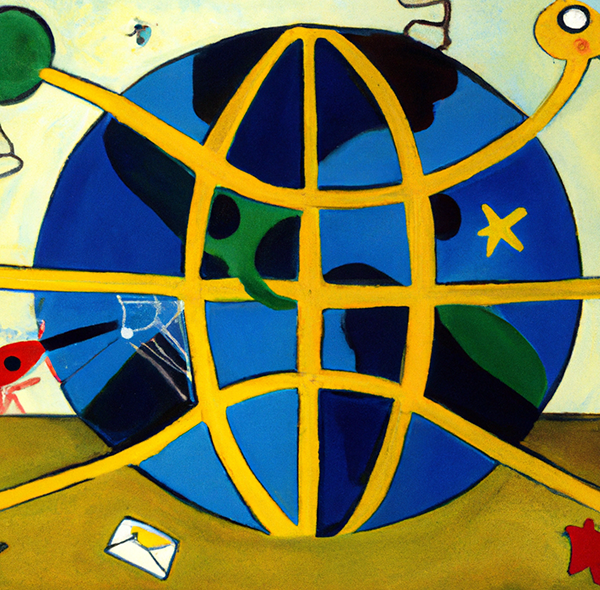
Seen at PRINTING United
Nobody gets in without a badge.
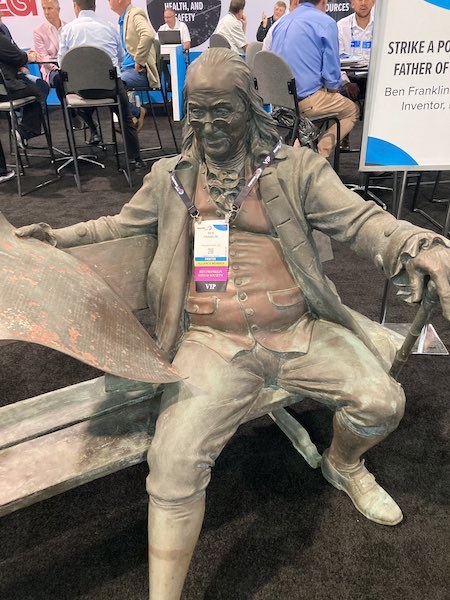
The Art of the Matter
Via Print magazine, Amos Kennedy Jr. is a Detroit-based letterpress printer who, while not considering himself an “artist” per se, is seen as one by his fans.
Kennedy infuses his grounded sensibility in every aspect of his practice, whose graphic and bold, type-driven letterpress prints emphatically demand equality, justice, peace, and a better world for all.

Kennedy’s work is the subject of in an exhibition called Citizen Printer at Letterform Archive in San Francisco.
On view through January, the show features over 150 type-driven artifacts created by Kennedy throughout his career and is accompanied by a monograph of the same name. This book has been selected for our September PRINT Book Club, which will feature a virtual conversation with Kennedy moderated by Steven Heller and Debbie Millman on Thursday, September 19, at 4 p.m. ET. Learn more and register to attend here!
Print has an interview with Kennedy, talking about his print-based art.
I had my own letterpress shop, even when I was in graduate school— I had it long before I went to graduate school. That’s one of the things that distinguished me from other students; they were using the equipment that was at the university, so once they left, they had to find equipment to use. But I already had my equipment—I had a Vandercook 4 and a Heidelberg 10×15 Platen—and so once I left, I could continue to pursue learning the skills and learning the craft.
This…Is EAP
The great James Earl Jones passed away this week. Enjoy this recording of him reading “The Raven” by Edgar Allan Poe.
Gothic Summer
Probably not that many of you recall 1816, “the year without summer.” A year earlier, the Indonesian volcano Mount Tambora erupted, which caused all sorts of climate issues, not the least of which was that the increased levels of sulfur dioxide pollution in the atmosphere caused the global average temperature to drop, which lasted three years. Says Atlas Obscura:
The severe levels of Floods, crop failures, extreme rain and snowfall, and a general lack of sunshine wreaked havoc around the globe.
It was a gloomy summer (or lack thereof)—like something out of a Gothic horror novel. And it was against this backdrop some literary luminaries gathered, and one product was indeed a Gothic novel.
Lord Byron, plagued by various scandals of the amorous kind, fled England and rented the Villa Diodati in Switzerland. He was joined by various friends including John William Polidori, Claire Clairmont, Percy Bysshe Shelley—and one Mary Wollstonecraft Godwin (later Mary Shelley).
Influenced by the apocalyptic climate and social disasters, the friends started to exchange ideas on occultism and philosophy. Lord Byron also encouraged them to try their hands at writing horror stories to pass the time and reflect the mood of the dreary days. Some of those ghoulish tales were later turned into famous fiction novels.
Such as:
The very first draft of the manuscript for Mary Shelley’s Frankenstein: or, The Modern Prometheus was written inside Villa Diodati. The author penned the book when she was just 18. It was published in 1818. During that dreadful summer, Byron and Polidori also began working on The Vampyre, the first work related to the Romantic paradigm of vampire novels.
You can visit the Villa, but as it is privately owned, you’ll need to see it from behind a large security fence. Although if you were the Frankenstein’s monster from the movie (if not the book) you could probably knock the fence down.
Above the Fold
Over the past few years, foldable phones have become something of a rage (not all the rage, but some). Now, not content with a single fold, Huawei has introduced a trifold phone. Via Boing Boing, the Mate XT is a smartphone that unfurls into a 10.2-in. tablet.
On the outside, the Huawei Mate XT Ultimate Design has a 50-megapixel camera with optical image stabilisation (OIS), and a variable aperture that ranges between f/1.2 and f/4.0. It also features a 12-megapixel ultrawide camera with an f/2.2 aperture and a 12-megapixel periscope telephoto camera with 5.5x optical zoom, OIS and an f/3.4 aperture. For selfies and video calls, there's an 8-megapixel camera on the smartphone's display, housed in a centre-aligned hole-punch cutout.
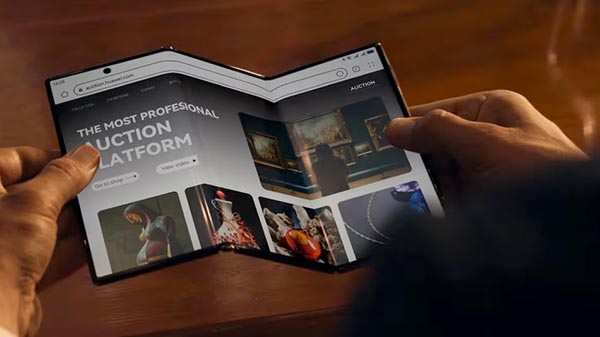
A steal at—zoinks!—¥24,000, or about $3,300.
What’s In a Name?
As any product manager can tell you, naming a product is fraught with peril. A bad product name can mean the difference between a sales hit or a massive failure. And sometimes a consumer will wonder, “Just what were they thinking?” A Google search for “worst product name” brings up no end of lists (or links to the same list). Some are just too unwieldy, some don’t make a lot of sense, and some are just weird. However, via Boing Boing, this may be the worst (or perhaps most inappropriate) product name, particularly for a computer peripheral.
Presumably a portmanteau of the words Portable and Monitor, it suggests English as a second language while landing at a point of impossible marketing honesty.
Ladies and gentlemen, we give you The Pornitor.
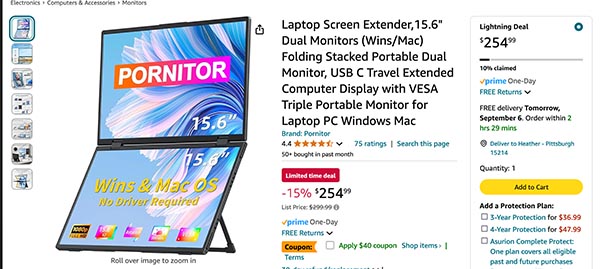
Of course, it could very well depend on what you use it for.
A steal at $299.
Table Walk
Via Boing Boing, the next trend in home décor: living furniture.
Giliam de Carpentier, a programmer at Guerrilla Games, built a 12-legged coffee table that walks liked a scuttling crab. It's called the Carpentopod, and its legs were evolved than directly designed.
Oh, that’s— Wait…what?
“The Carpentopod leg linkage itself was generated by some software I wrote that evolved thousands of virtual generations of leg variations by having them compete against each other. To select which ones were best, each variation got assigned a 'fitness' score based on its walking speed, clearance and material use. I also rewarded extra points to variants that had leg tips which moved more horizontally and more smoothly during the lowest third of their cycle to make it favor solutions in which a group of three legs would work together to minimize bobbing and foot slip.”
It can be controlled via a wireless remote. However, if you have left the remote on the table, you’re a little out of luck.
Tale of the Tape
Some of us of a certain age remember audio cassettes (happily, some of us only barely remember 8-track tapes), for ages the only way to listen to music in one’s car. And, of course, they were the source of the term “mix tape,” as many of us used to make mix tapes for friends and family, who probably never actually listened to them. Those of who bought blank tapes knew the good ones (Maxell, Memorex) and the not-so-good ones (Realistic)—“not-so-good” not having much to do with audio quality but rather the likelihood of it unfurling in one’s tape deck (“getting eaten” was the operative phrase). Individual brands also had their own individual graphic designs.
Ah, memorexies. At any rate, via Core 77, German graphic designer and graffiti artist Neck has built Tapedeck.org, an archive of cassette tape designs.
[The project was] built to showcase the amazing beauty and (sometimes) weirdness found in the designs of the common audio tape cassette. There's an amazing range of designs, starting from the early 60's functional cassette designs, moving through the colourful playfulness of the 70’s audio tapes to amazing shape variations during the 80's and 90's. We hope you enjoy these tapes as much as we do!"

The way things are going, perhaps they’ll be in fashion again before long.
Livin’ in the Fridge
We confess that we have not seen “Bridgerton,” but apparently it has inspired (if that’s the right word) a new TikTok trend (so make of that what you will): “fridgescaping.” What? Defines The Guardian: “it’s the art of making the inside of your fridge look as beautiful as possible.” OK…
One of the most popular ways to do this is to deck out your fridge in the style of “Fridgerton” – which mimics Bridgerton’s overripe regency-era production. This might strike you as weird because Bridgerton is set in the 1820s, almost a century before Fred W Wolf invented the first electric home refrigeration unit. Yet TikTok is full of fridges that are colourful and ornate, as if their sole purpose was to create Lady Featherington’s boudoir out of their sausage storage facility.
So…no soy sauce packets, bottles of ranch dressing, or containers full of long-forgotten leftovers? Not everyone is a fan.
It is, it has to be said, a very stupid trend. The Food Standards Agency has warned that fridgescaping not only decreases the life of food – which should be kept in sealed containers, not chintzy baskets that are hard to clean – but also increases the chances of cross-contamination with harmful bacteria.
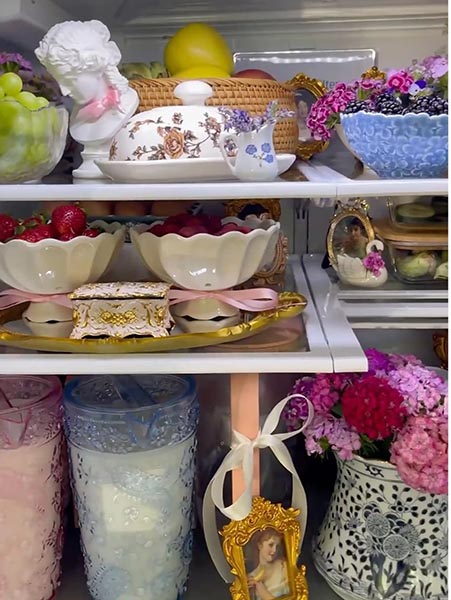
Just don’t look in the freezer…
Graphene Takes a Bullet
Was it a good week for graphene news? It’s always a good week for graphene news! Graphene-based ballistics protection. From (who else?) Graphene-Info:
Premier Graphene, HGI Industrial Technologies and Defense Atomics have announced a strategic partnership aimed at advancing the production and application of graphene in ballistic protection technologies. This collaboration brings together expertise from the three parties to meet the growing demand for high-performance ballistic solutions.
The partnership focuses on the feasibility studies and testing of hardware developed by Defense Atomics, that integrates advanced graphene solutions for enhanced ballistic protection, ensuring compliance with the security protocols required for classified government contracts.
Finding NEMO
Hoisted from our own Newsfeed, Allied Feather & Down, makers of traceable down insulation, launched their RENU:TRACE program back in 2022. What is traceable down insulation? Essentially, it is a circularity initiative helping ensure that down insulation is ethically sourced. They also developed the Responsible Down Standard(RDS) and launched the TrackMyDown.com animal welfare, traceability, and education initiative. The RENU:TRACE insulation (you know, they should call it Track Down) has been adopted by NEMO Equipment, which used it for their line of sleeping bags. And, indeed, the bags recently won a GOOD DESIGN Sustainability Award. We’re all down with that!
Clip Joint
Nail clippers. One of our most essential tools. And yet, is the standard nail clipper the best design for cutting nails? Canadian company Khlip says no, and, via Core77, has redesigned the nail clipper, reversing the direction of leverage.
"All this time you've been doing it back-to-front," the company writes. Their reverse arrangement, which has the user apply leverage in the direction of the fingernail, "gives you increased control and leverage as you trim your nails. The forward facing lever applies pressure directly over the nail, giving you better control and a more comfortable grip."
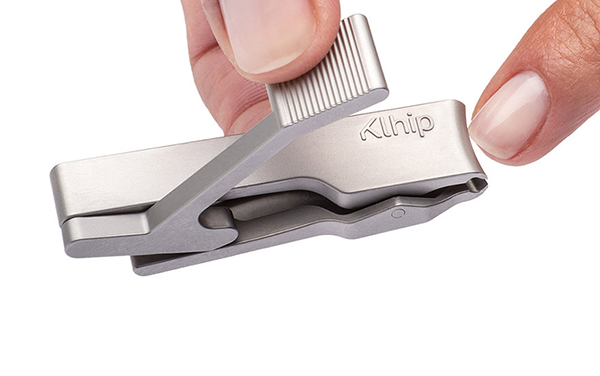
A steal at—yowza!—$80.
Dew Drop In
Fancy taking a trip to Mountain Time? That is to say, the time zone in which, for example, Colorado is in? No, nor have we, but if you do, you’ll be able to get a free Mountain Dew, as apparently the company (it’s owned by Pepsico) is “staking its claim to Mountain Time as the ‘official, unofficial time zone of Mountain Dew.’” Great—they’re going to trademark a time zone and every time we use the phrase “Mountain Time” we’ll have to slip Pepsi a few bucks. Let’s hope it doesn’t come to that. Anyway, says (who else?) Food & Wine:
“With the great outdoors at the core of everything we do, we want to encourage everyone to embrace the Mountain Time mindset by giving away free Mountain Dew to anyone who crosses into the Mountain Time Zone,” JP Bittencourt, the vice president of marketing at Mountain Dew, shared in a statement.
This is an idea:
“Additionally, we want to reward those who take the leap and move to the happiest time zone in the country with their friends by paying for their move.”
Supposedly, according to data from StatSocial, people who live in the Mountain Time Zone are 6% more cheerful than the average American. (Probably happier than people who have their time zones automatically changed by calendar apps and are thus three hours late or early to trade show appointments.)
From now through December 31, 2024, anyone who crosses into Mountain Time – via plane, train, automobile, or even on foot — can snag a free Mountain Dew. But, before you head through the time zone, make sure to register at WelcometoMTNTime.com. Then, when you cross the time zone, you can redeem your free Mountain Dew by revisiting the website to prove you're in the right geolocation.
Unless you’re using a calendar app.
This Week in Printing, Publishing, and Media History
September 9
1828: Russian author and playwright Leo Tolstoy born.
1839: John Herschel takes the first glass plate photograph.
1947: The first computer bug is found when a moth lodges in a relay of a Harvard Mark II computer at Harvard University.
2006: American businessman, founder of Ziff Davis William Bernard Ziff Jr. dies (b. 1930).
September 10
1846: Elias Howe is granted a patent for the sewing machine, setting the stage for digital textile printing more than 170 years later.
2008: The Large Hadron Collider at CERN, described as the biggest scientific experiment in history, is powered up in Geneva, Switzerland.
1839: American minister, publisher, and co-founder of Funk & Wagnalls Isaac K. Funk born. Look that up in your Funk & Wagnalls.
1941: American paleontologist, biologist, and author Stephen Jay Gould born. (Wonderful Life is one of the best science books ever written.)
September 11
1789: Alexander Hamilton is appointed the first United States Secretary of the Treasury.
1862: American short story writer O. Henry born (né William Sydney Porter).
1885: English novelist, poet, playwright, and critic D. H. Lawrence born.
1922: The Sun News-Pictorial is founded in Melbourne, Australia.
September 12
1940: Cave paintings are discovered in Lascaux, France.
1959: Bonanza premieres, the first regularly scheduled TV program presented in color. (And full color, not just Lorne Greene.)
1812: American engineer, businessman, and inventor of the rotary printing press Richard March Hoe born.
1891: American publisher Arthur Hays Sulzberger born.
1892: Alfred A. Knopf, Sr., American publisher and founder of Alfred A. Knopf Inc., born.
1952: Canadian drummer Neil Peart born.
September 13
1898: Hannibal Goodwin patents celluloid photographic film.
September 14
1321: Italian writer Dante Alighieri dies (b. 1265).
1814: The poem Defence of Fort McHenry is written by Francis Scott Key. The poem would later be used as the lyrics of The Star-Spangled Banner.
September 15
1835: HMS Beagle, with Charles Darwin aboard, reaches the Galápagos Islands.
1889: American humorist, newspaper columnist, and actor Robert Benchley born.
1890: English crime novelist, short story writer, and playwright Agatha Christie born.




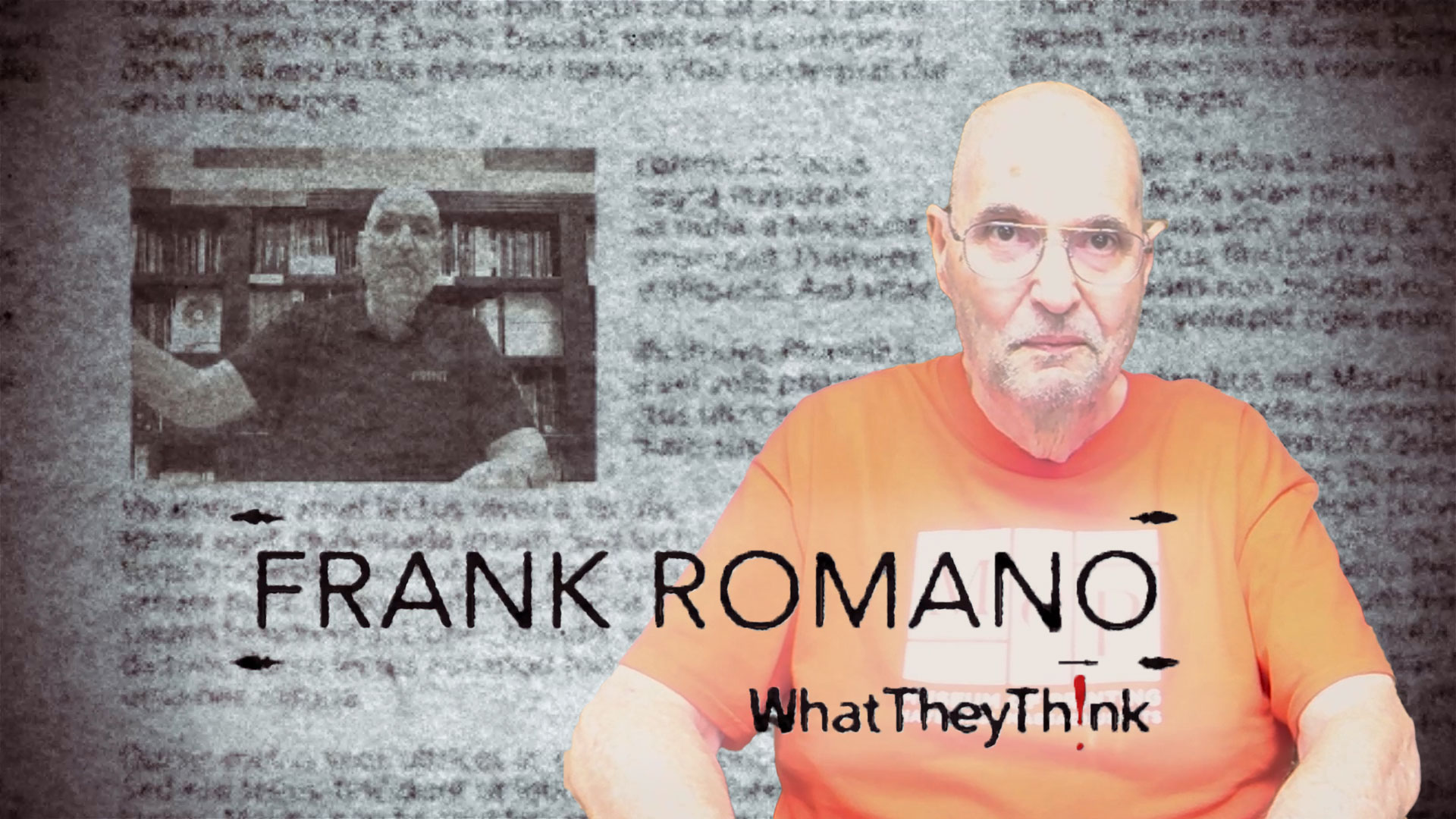




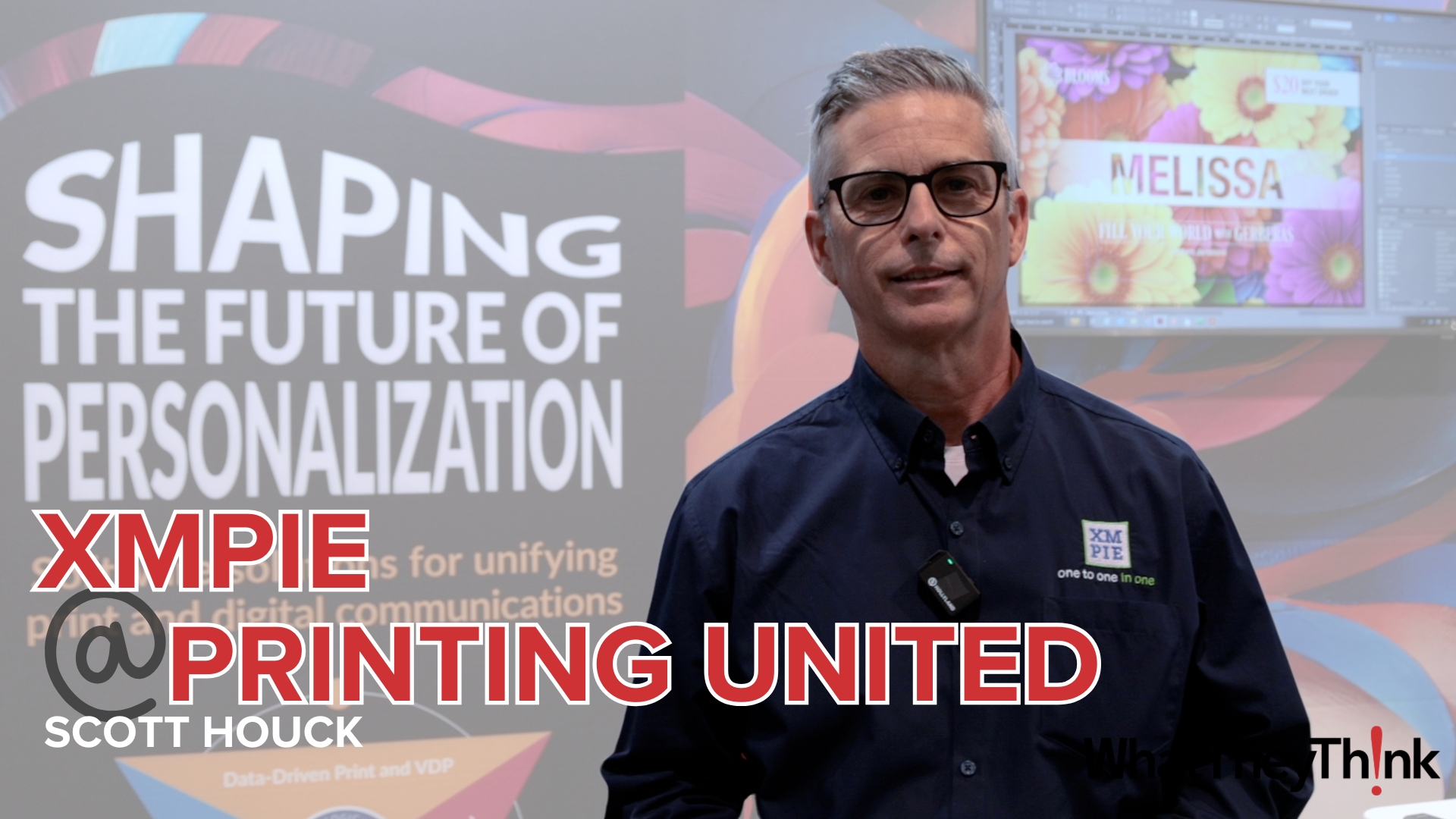





Discussion
Only verified members can comment.